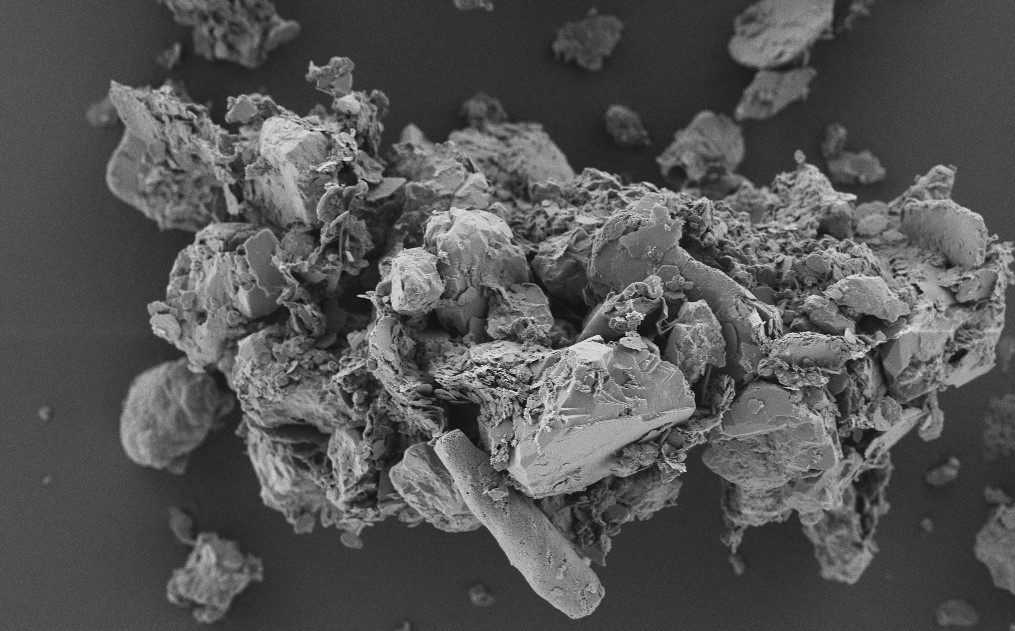
SP4: RhizoSoil (only in 1st phase)
Soil structure formation by root activity
Summary:
We aim to elucidate possible differences in soil structure formation related to crop varieties, namely the development of soil aggregates, between yield-optimized cultivars vs. old landraces. We assume that the differences in root length, exudation, mucilage production and root hair development have a significant effect on the formation and stabilization of soil structures, which can influence the soil organic carbon (OC) distribution and the cycling and availability of nutrients such as nitrogen. Therefore, root driven soil structure formation can be assumed to have direct effects on the plants nutrient status but also water availability during phases of increased drought.
Main research questions:
- How do yield-optimized cultivars and old landraces affect the distribution and stability of soil aggregates formed in the rhizosphere?
- To what extend do different rhizosphere traits induce a change in OC and N distribution and stability within aggregates?
- How are effects on soil aggregation related to plant water acquisition and nutrient availability?
Novelty:
There is almost no work on the influence of rhizosphere traits on the distribution and chemical composition of soil organic matter in root-derived aggregates in correlation to aggregate stability and nutrient cycling. We assume a more intense aggregation in the rhizosphere of old cultivars leading to an increased OC storage and sustained water availability under drought. Thus, we will foster the understanding of plant trait effects, induced by old and modern varieties, on soil aggregate formation and stability in concert with OC and N allocation.
Methods:
We will combine classical quantitative and state-of-the-art spectromicroscopic approaches to trace the spatial and temporal development of aggregated soil structures fostering carbon sequestration (RhizoCarbon), nutrient and water availability (RhizoWater) in the rhizosphere. Additionally, we will identify how the legacy of rhizosphere traits is imprinted on soil structure. We will quantify and characterize root-derived and indigenous OC in soil aggregates developed in the rhizosphere.
Former colleagues (1st phase)
